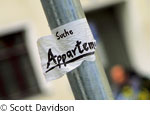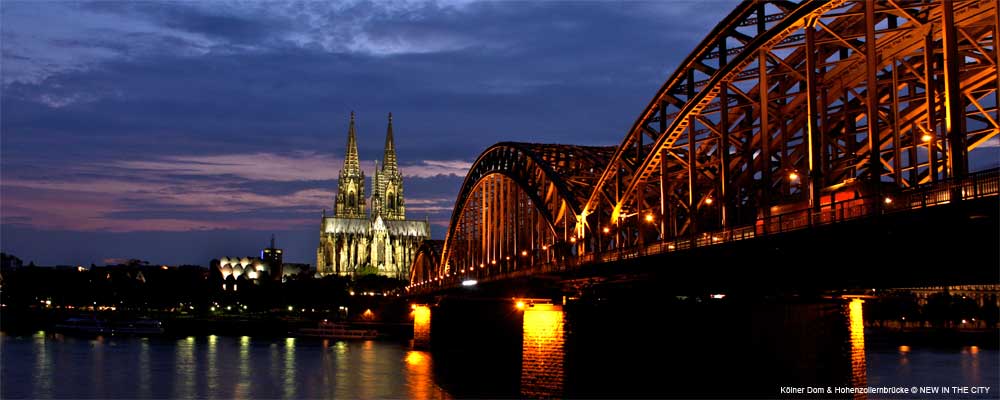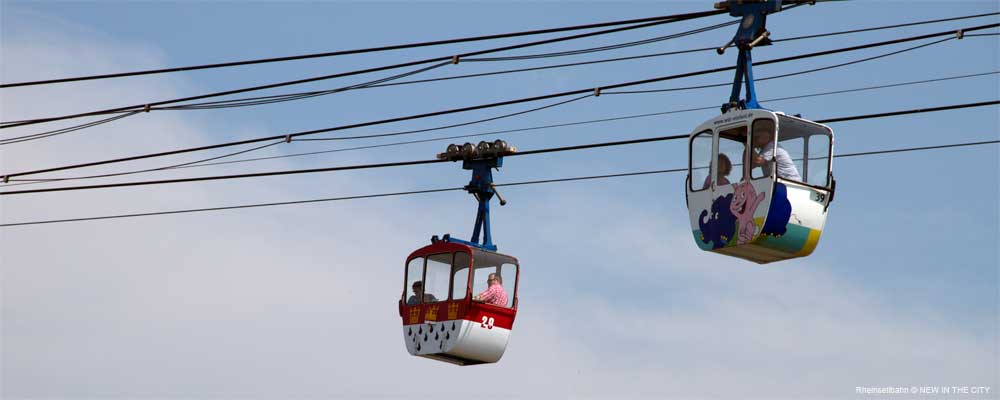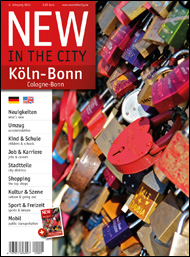 Cologne or Bonn residents would not say rents in their cities are particularly cheap, but compared with nearby Düsseldorf, the state capital, rents are moderate and have hardly risen compared with last year.
Cologne or Bonn residents would not say rents in their cities are particularly cheap, but compared with nearby Düsseldorf, the state capital, rents are moderate and have hardly risen compared with last year.
In Düsseldorf people have to pay on average € 13 per square meter on moving into a newly built property in a good area.
In Cologne the amount is € 10.50/sq m and in Bonn € 10.00/sq m.
In Cologne, midrange rent is about € 7.50/sq m (not including bills). If you want to live in a good area, you’ll have to pay a lot more. For example, in parts of the popular districts of Sülz and Lindenthal rents can reach € 12.50/sq m and in the high-class town mansions of Marienburg and Hahnwald, which are home to quite a few celebrities, rents of €14/sq m are common.
If you want to live in a comfortable apartment in Cologne itself, you’ll also have to pay high rent. You can reckon on paying € 10 per square meter, especially in the popular city districts of Altstadt-Nord, Neustadt-Nord, Altstadt-Süd and Neustadt-Süd on the Rhine’s left bank. If you’re happy to live on the other side of the Rhine, which locals disparagingly call the “schäl Sick (wrong side)’’, you can save money.
Rents in the Duetz city district on the Rhine right bank are €9/sq m but you still live in the city center. Multicultural Ehrenfeld is also a popular residential area near the city center, although there are few available properties and rents are rising. In the former industrial and working class area of Mülheim, you can be near the Rhine but still not pay too much with rents of just under € 7/sq m.
Low rents have also attracted people, including many students, to neighboring Kalk in recent years. If you don’t mind living further away from the city center, then Porz, which first became part of Cologne in 1975, is cheap and, importantly, also quiet.
In Bonn, it also makes a big difference in which part of the city you choose to live in. The two most expensive places to live are near the city center. In Poppelsdorf, which is heavily influenced by the university, rents are € 9.10/sq m and in Südstadt, with its historic old buildings and houses from the 19th century economic boom period, you’ll have to pay even more at about € 9.90/sq m.
The western side of the city is noticeably cheaper with rents of about € 6/sq m in Hardthöhe or Tannenbusch.
The annual rent comparison index published by the Immobilienverband (IVD) West rental association gives a good overview of rents in North Rhine-Westphalia. Our table below shows the average prices for a 70 sq m apartment with three rooms. You can obtain the latest rental index for a nominal fee of € 3.50 from the Rheinische Immobilienbörse (www.rheinische-immobilienboerse.de).
Members of the Mieterverein Köln renters association (www.mieterverein-koeln.de) can get even more information free of charge. Bonn also publishes a rental index in association with the Haus & Grund Bonn, Haus & Grund Bad Godesberg, and the Mieterverein Bonn/Rhein-Sieg/Ahr. You can find it in Bonn’s three district town halls, among other places. You can compare your apartment’s rent with the usual rent for your district at the Web site http://stadtplan.bonn.de/vergleichsmiete.pl







